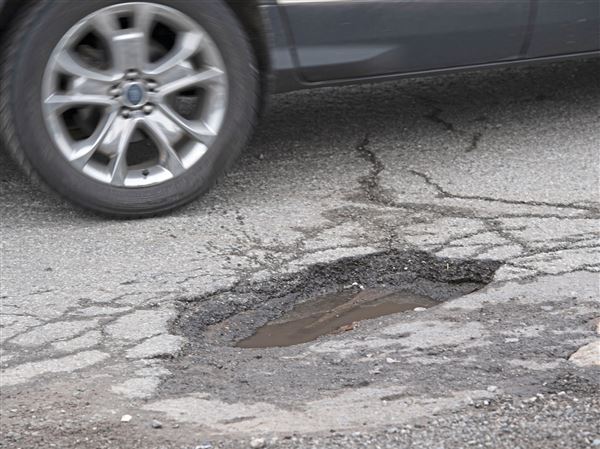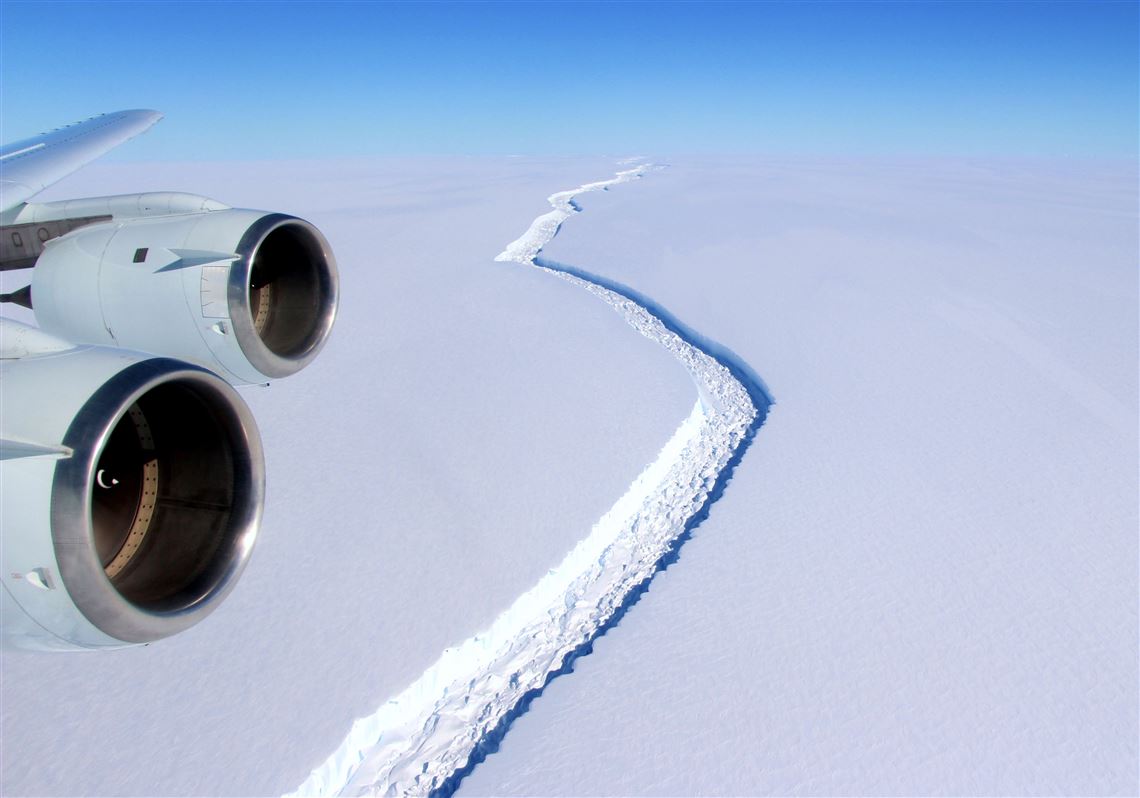A noted Penn State University climatologist whose leading research on climate change has drawn praise — and sizable controversy — says the Delaware-sized ice mass that broke away from Antarctica portends a sea-level rise of 6 feet by the end of the 21st century.
Already projections for rising sea levels are 3 feet, said Michael Mann, director of Penn State’s Earth System Science Center, who’s been the lightning rod from those criticizing climate-change science.
“Recent research by Penn State scientists suggest that much of the West Antarctic Ice Sheet, through this and other processes, could collapse over the next century, doubling estimates of potential sea-level rise by the end of this century from 3 feet to a best-estimate now of about 6 feet,” he said.
“That’s enough to flood many of our largest coastal cities and force retreat away from our coastlines,” he stated in an email response.
The mass of ice weighing more than a trillion metric tons broke away from the Antarctic Peninsula Wednesday, creating an iceberg that is among the largest ever recorded, the New York Times reported. Scientists have been watching the ice mass, called Larsen 3, ever since it began showing cracks years ago with recent indications showing a pending break.
The large breakaway of ice also indicates that the entire West Antarctic Ice Sheet might follow suit, producing fundamental changes in the landscape of the Antarctic Peninsula. The Times quoted Adrian Luckman, a lead researcher for Project Midas, who said the remaining ice shelf will become the smallest size ever known, with Mr. Luckman adding that “Maps will need to be redrawn.”
Mr. Mann, who holds a Ph.D., said there’s some debate among scientists about what extent human-caused climate change played in this particular event.
But he added that “it is part of a larger pattern that is much more worrying, and which is tied to human-caused climate warming.”
“The latest evidence suggest that the collapse of these ice shelves will allow more and more inland ice to flow out to the sea and contribute to sea-level rise,” he said.
First Published: July 12, 2017, 5:30 p.m.

















